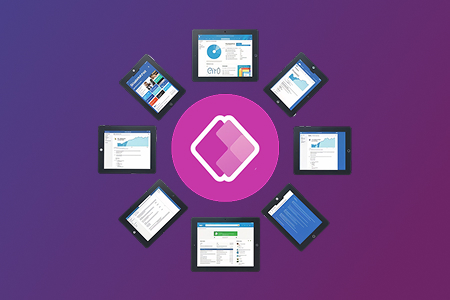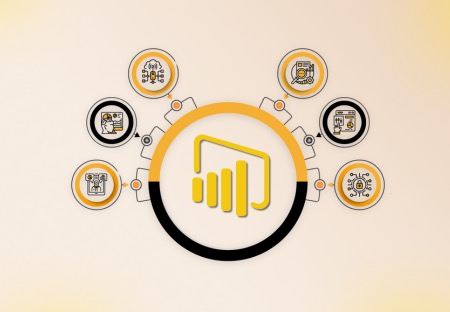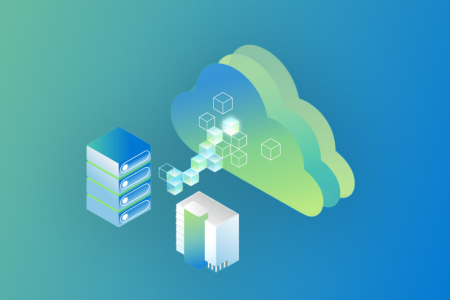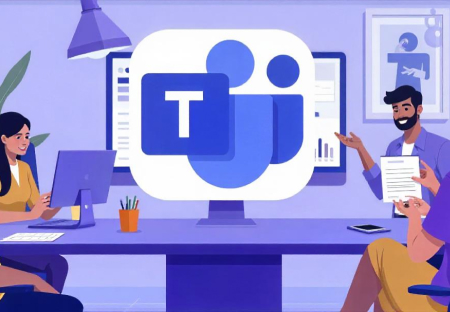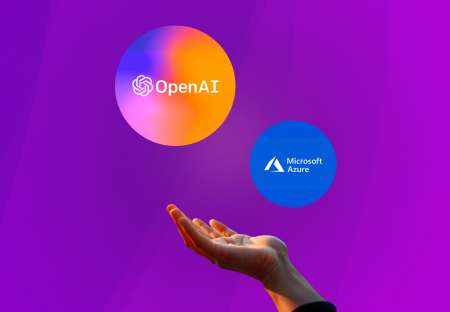The transition from DevOps to DevSecOps may be difficult and complex particularly when considering the dynamic nature of software security. Because security is an ever-changing issue, the transition is an ongoing thing. As DevSecOps practices evolve, so must the tools, governance practices, and developer training. You must be mindful that it involves a complete cultural shift and thus cannot be accomplished overnight. It takes time and dedication. However, there are several tips for doing it efficiently and smoothly to make sure your firm’s a more secure future. Let’s discuss those tips to transition from DevOps to DevSecOps smoothly in this blog post.
What is DevOps?
DevOps is a software engineering method that incorporates all of the best practices for developing a software system with a strong emphasis on software security. The primary goal of DevOps is to reduce overall development time while continuously providing value to the customer. This is accomplished by removing barriers between both the teams that send the source code and the professionals that run the software. It enables one team to effectively understand the role of the other, and it encourages them to cooperate through all stages of the software development life cycle and resolve issues that occurred when these team members were basically working independently. With DevOps, it is easier to adapt to feedback and make changes. Delivery times are shorter, and implementations are more consistent. DevOps ensures that the software development procedure flows smoothly between teams.
What is DevSecOps?
In the past few years, advanced software products have evolved massively. Rather than a monolithic layout, we have microservices that interact with one another and work effectively by employing several third-party services such as APIs or databases. These apps can be run on digital operating systems known as containers, which are hosted on cloud platforms. All of these layers reveal the Software Security risks that could have serious consequences. Furthermore, the extensive infrastructure complexity, as well as the increasing speed and regularity of new releases, make it challenging for security professionals to continuously provide a protected end product.
DevSecOps solves this problem by incorporating Software Security into the DevOps methods. Instead of thinking about security only before bringing out a new feature, the DevSecOps method allows you to think about security from the start and solve problems as they arise. Security teams, like the development and processes teams of the DevOps method, participate in the collaborative process. Essentially, DevSecOps involves all team members contributing to the integration of security into the DevOps CI/CD work process. You will have a better chance of detecting and rectifying potential vulnerability issues if you incorporate security sooner in the workflow.
This is also referred to as “shifting left,” which means that developers play an important role in the Software Security procedure and fix issues in real-time rather than at the end of every release cycle. DevSecOps manages the product’s entire life cycle, from planning to implementation, and provides continuous feedback and insights.
Tips for a smooth Software Security from DevOps to DevSecOps
Now, let’s discuss the 4 major tips that make the Software Security from DevOps to DevSecOps smooth.
Develop a framework specifically for DevSecOps
Effective governance requires a Software Security framework customized to DevSecOps. The framework must define the security activities and tasks carried out across the pipeline of continuous integration/continuous development (CI/CD). Each of those activities, in turn, must have a specified KPIs or criterion, in addition to a risk-bearing that measures the development of application code in the pipeline.
The KPIs and tasks assigned may differ depending on the app’s (or microservice’s) business affect analysis rating. Security professionals can choose to use a required baseline that applies to all code and a more strict standard for important apps on top of that. This enables developers to have transparency into governance requirements, allowing them to plan and deliver more efficiently.
Cultural change
Developers can fulfill all necessary tasks and actions when DevSecOps solutions are properly implemented. Changing culture requires keeping the human element in mind. The developers will be in full control of not only running the security operations (both automated and manual) but also resolving any problems that occur. They’ll need a basic understanding of Software Security as well as the ability to develop and enforce it. In a large team, developers’ knowledge and skills will vary.
More specifically, you should promote a mindset change that fully embraces security. This is essential for reducing alert fatigue and minimizing disturbance in the CI/CD pipeline. One method, in addition to training, is to identify and promote “security champions” inside the developer team. These security leaders will become the “go-to” people for everything security. They should also foster a long-term mindset change among developers.
Create a DevSecOps Center of Excellence.
Create a center of excellence to help in the smooth transition to DevSecOps. This is a core, cross-functional team responsible for conducting research, developing best practices, and automating manual tasks. Users who have already established a DevOps center of excellence should expand it to add security. One of the team’s primary goals is to create templates for security features and tasks to make sure they are repeatable. They will also help in the fine-tuning of tooling components to minimize false positive results. With a centralized team, your procedure for reducing the risk or carrying out a task is more likely to be uniform across the organization. A DevSecOps center of excellence will also accelerate the business’s overall implementation of Software Security.
Integrate and automate security governance
You may be familiar with the “shift left” practice in DevSecOps. Bringing testing previously in the software development life cycle (SDLC), helps to improve quality and security. As more DevSecOps best practices are automated, it becomes more difficult to identify the metrics necessary (as defined by the framework) to show that compliance and security requirements are met.
As a result, a DevSecOps framework must include a method to monitor governance throughout the software Security delivery process’s life cycle. Governance automation necessitates careful monitoring of the associated tools and platform. They must adhere to the performance measures and thresholds established by the security gate. Businesses will benefit from this as it allows for quicker software delivery and improved employee confidence.
Final Thoughts
It is more crucial than ever to provide Software Security. Transitioning from DevOps to DevSecOps is now a requirement for organizations that understand the importance of security to their customers and business. Change is a difficult task with numerous challenges, but the benefits for the business outweigh the time, effort, and mental change needed.
Learn More: DevOps Services of Metaorange Digital



